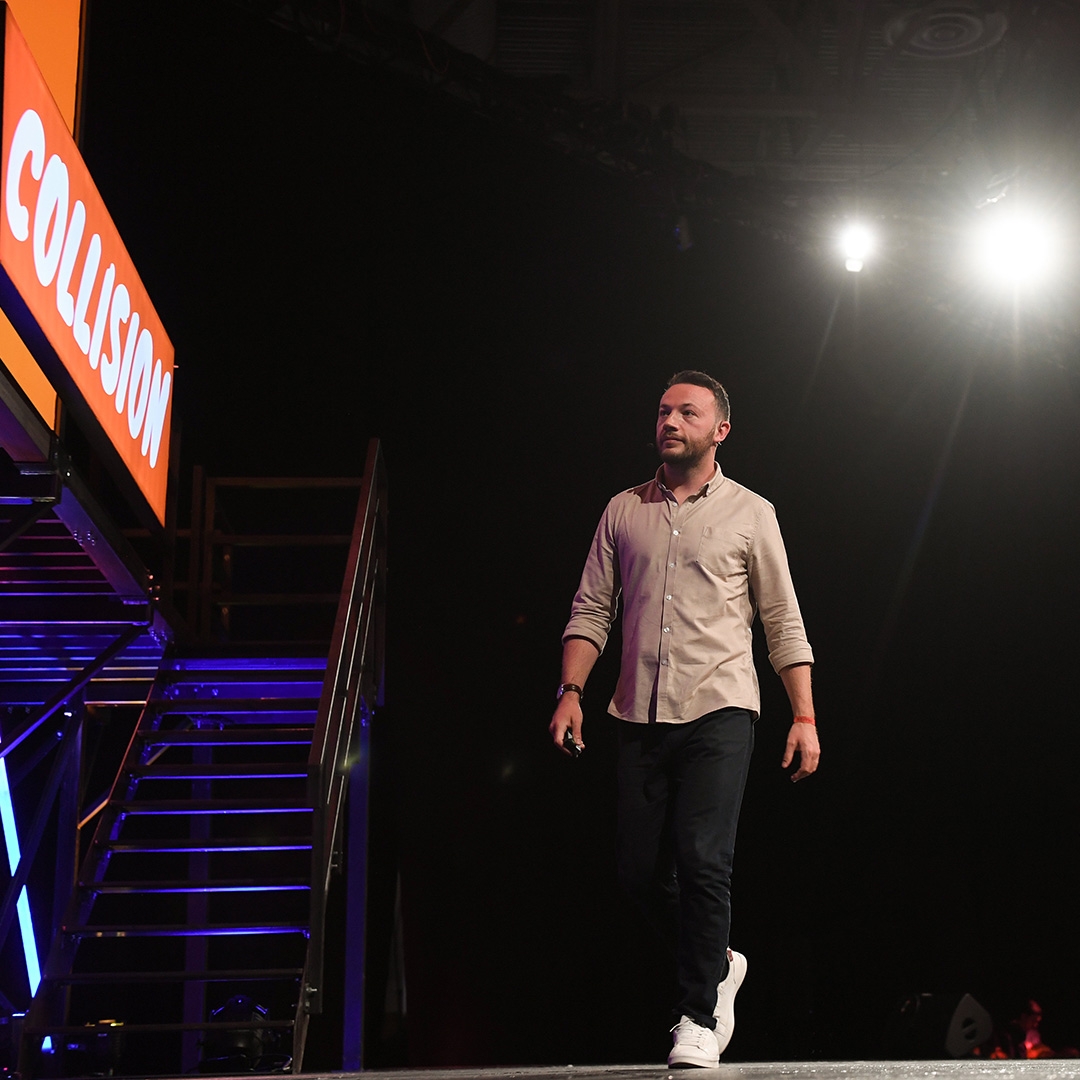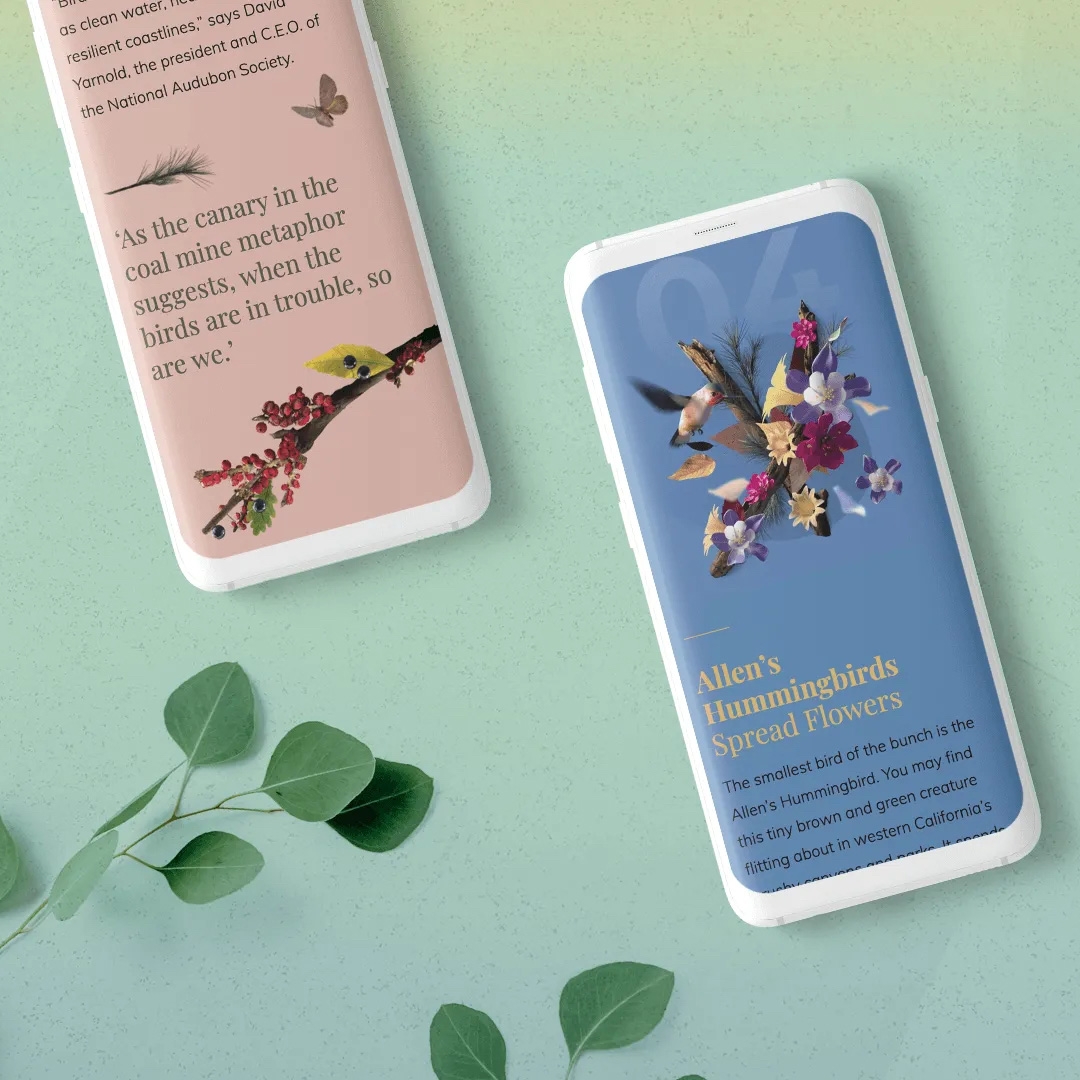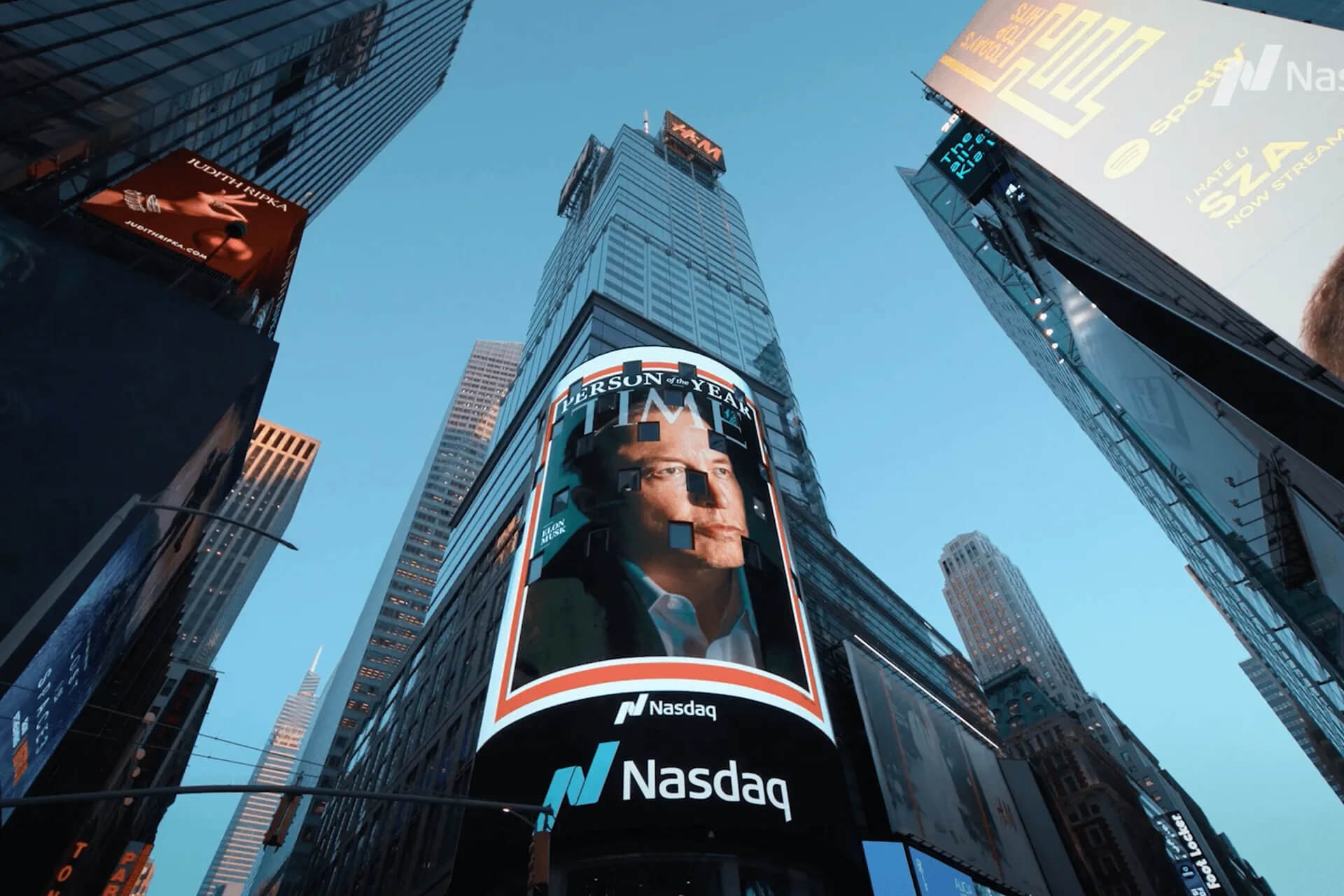If Graham McDonnell ever felt inclined to pin an inspirational motto on his office wall that summarised his approach to work it would be this: Do it simply, but do it well.
Studio Graft’s creative advisor is disarmingly uncomplicated about how he devises stories for brands. “In our industry it’s very tempting to add more to the mix,” he explains. “If something is not working, people often say, ‘Let’s do it in VR, let’s do a podcast, let’s animate it.’ But I think that is just diluting an already bad idea. My philosophy is to take things out.”
Bringing a fresh pair of eyes to brands’ messaging is a central – and valuable – strand of McDonnell’s role at Studio Graft. “You’d be amazed at how many stories that brands have right under their nose that they didn’t know they had,” he says. “They’ve been in the weeds for so long that it creates blinkers. What seems obvious to a brand might not seem obvious to their target audience, and I try to bridge that gap.”
If handled clumsily, suggesting new ideas to an established brand could cause friction, which is why McDonnell’s experience, expertise and delicate touch is essential. “Sometimes people will be very receptive to a fresh perspective, other times they can be resistant to change,” he says. “Usually I’ve found success comes by taking baby steps. If you go in all guns blazing, people put up a wall and you lose that connection. You have to make brands part of the process and guide them along the way. Trust is key. Brands have to trust you and see you as a resource that they can lean on.”
With almost two decades of experience collaborating with brands such as Louis Vuitton, Audi, Google, Adidas, Facebook, Dior and Rolex in roles such as VP of Brand and Creative for TIME and a founding member of the International Brand Studio for The New York Times, McDonnell is certainly a resource worth leaning on. When initiating a working relationship with a brand, McDonnell’s first task is to “fully and clearly understand their goals,” he says. Then it all comes down to storytelling.

“A lot of the time people have all the ingredients but piecing them together in the right structure and delivering it is where I come in,” explains McDonnell. “I’ve worked with a lot of luxury brands over the years, they all strive for excellence and quality. Craftsmanship is a massive thing among those brands, but how can we find the USP that gives them a unique voice among the sea of other brands who are saying the same thing?”
McDonnell, 38, has seen brands make the same mistakes with their messaging so often that he regularly gives a seminar entitled How to Make Terrible Branded Content. “One of the main mistakes I think every brand has been guilty of is forgetting who they’re making the content for,” he begins. “You’re not making content for yourselves, you’re making it for the audience. That sounds so simple and so obvious but you’d be surprised how many brands fall into that trap. The content needs to hold value for the audience. Plastering the brand all the way through the story is a mistake.” He smiles, “I once read a good quote that said, ‘Content marketing is like a first date: if you only talk about yourself, there won’t be a second date.’ You have to show interest in your audience if you want them to show an interest in you.”
Like any good story, clarity is crucial. McDonnell says, “If you’re increasing the cognitive load of someone to make them understand the message you’re trying to deliver, they’re not going to stick around. People are more than willing to spend hours on all kinds of content, but the window to convince them that it’s worth their time is getting smaller – that’s why clarity is non-negotiable.”


Music is another element that he believes is fundamental to his work. “Music is such a powerful tool and is the most overlooked element of storytelling,” says McDonnell, who studied music at Leeds University in England. “George Lucas said, ‘Sound is 50 per cent of the moviegoing experience.’ Many times when audio is used, it’s an unnecessary distraction that subtracts from the experience and annoys people. But when it’s used correctly it elevates things so much more.”
When asked for examples of storytelling that he feels have great clarity McDonnell doesn’t cite the latest advertising campaign from Nike or Apple. He chooses Toy Story. “Children’s films are some of the best examples of storytelling that have ever existed,” he says. “If you’re talking about narrative arc, pacing, pay-off, reward, character… the way some of those films have been written, structured and engineered is just fantastic. It all comes down to simplicity.”

If content is king, then execution is the castle. You could have the best story in the world but how it's delivered is just as important.”

